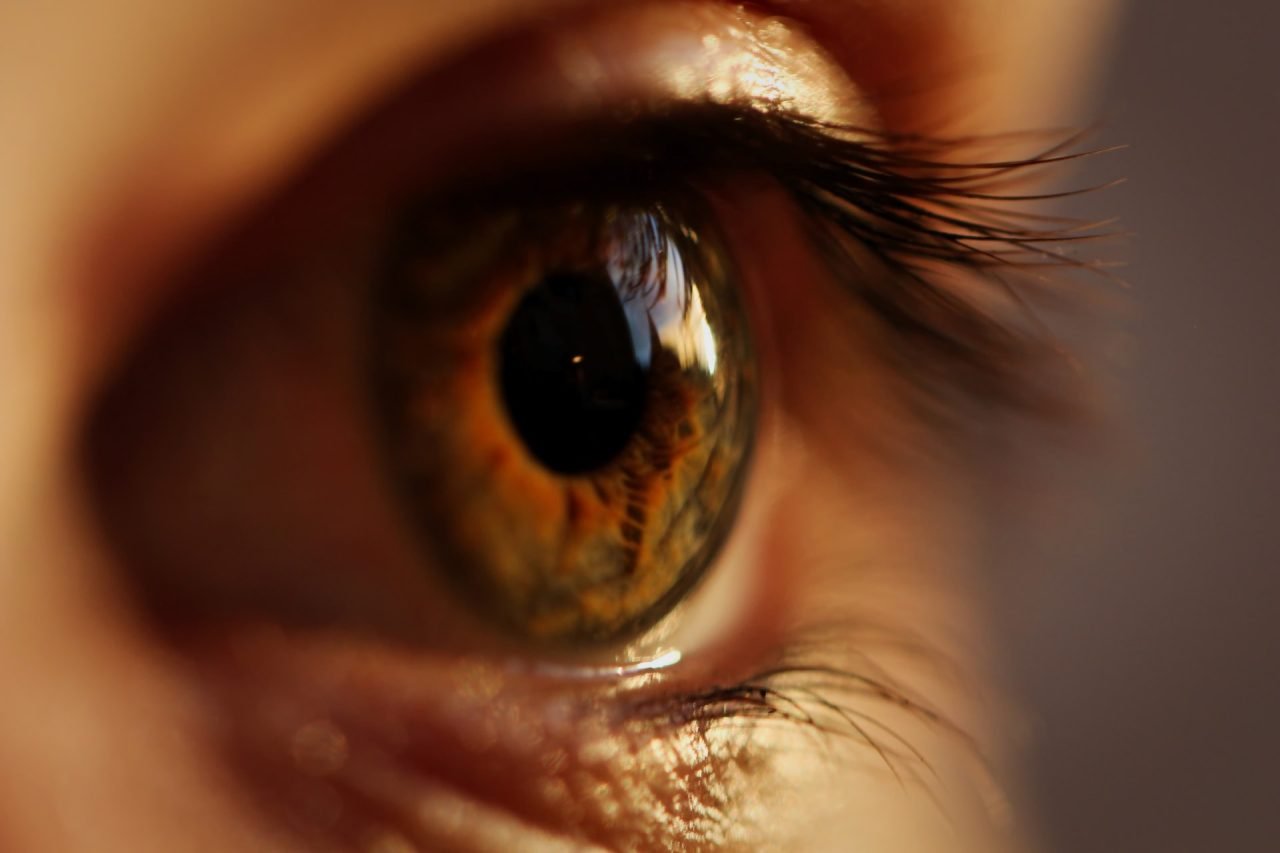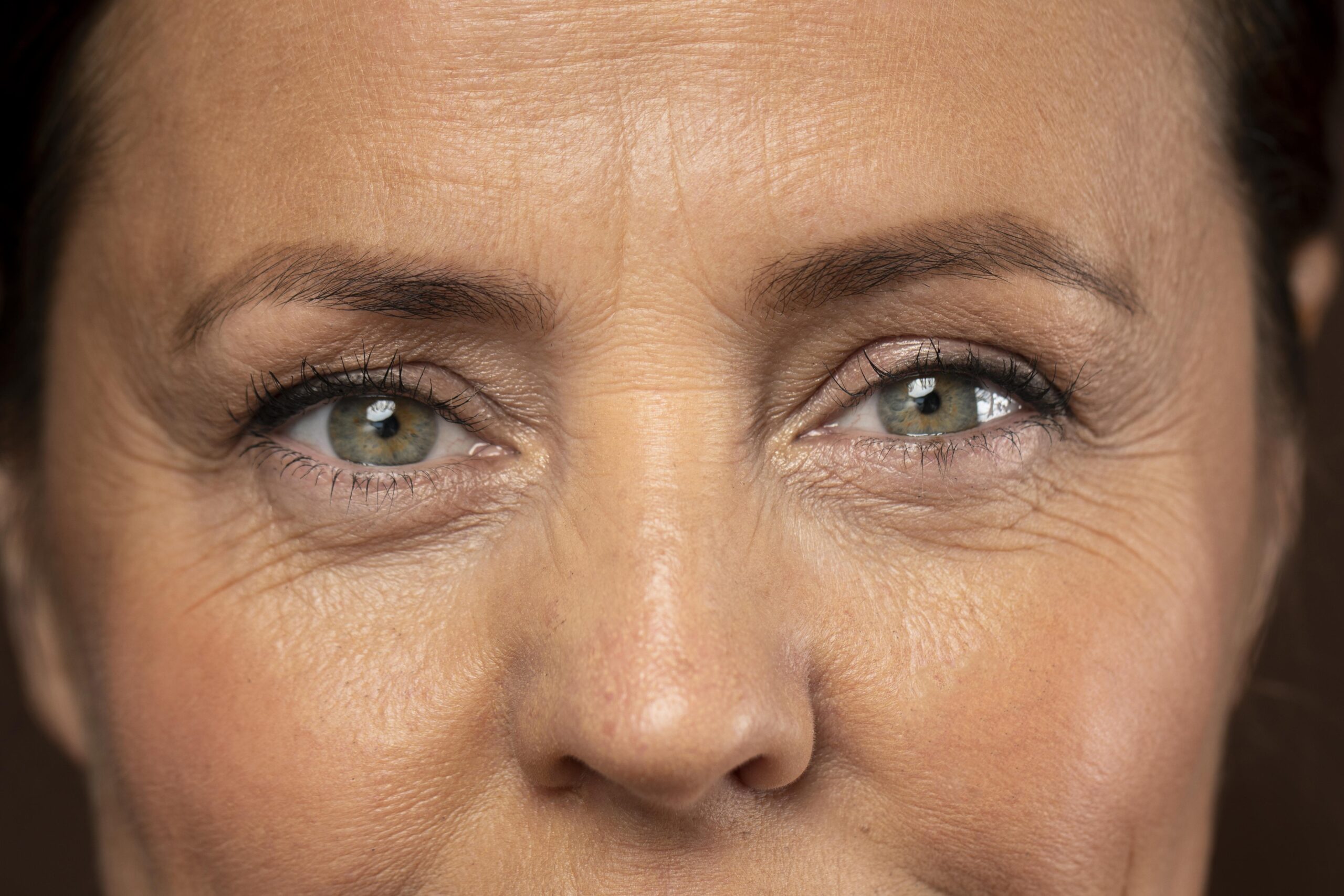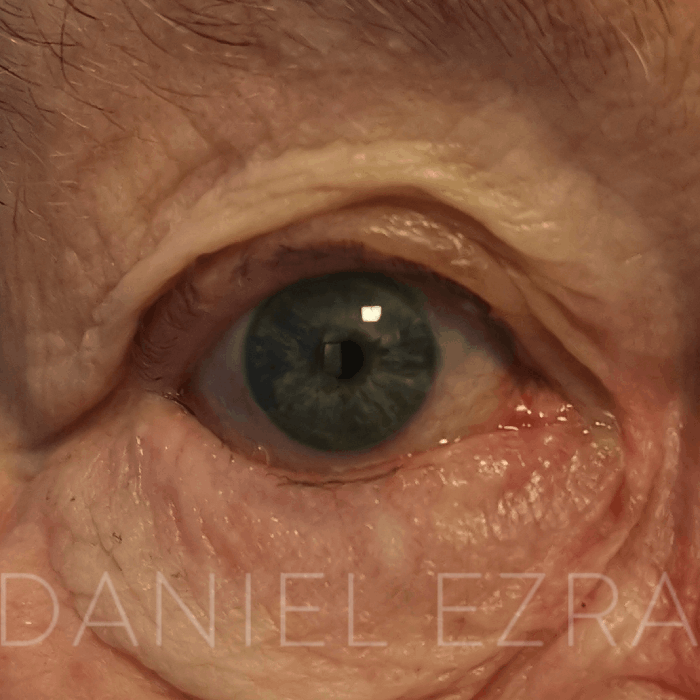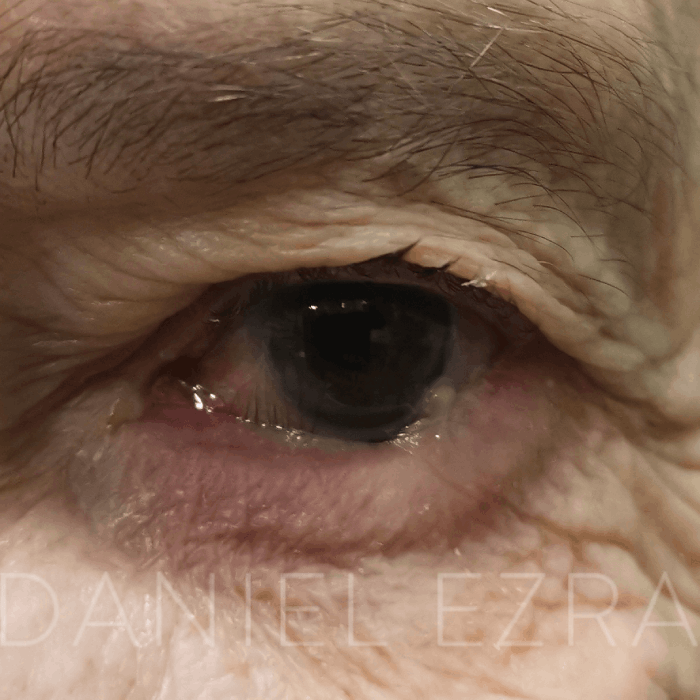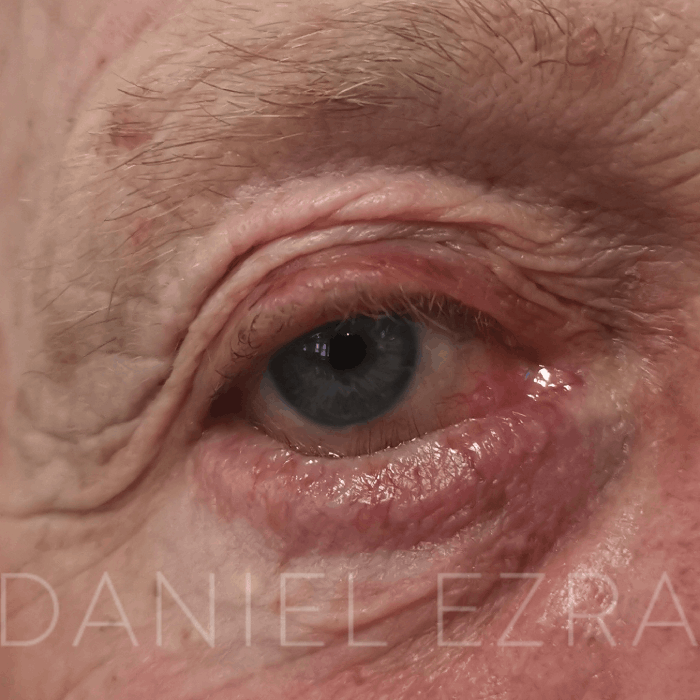FAQ
How to prevent entropion?
While entropion is often age-related and not entirely preventable, specific measures may help reduce the risk.
Wearing safety goggles during activities that may cause trauma can protect the eyes from injury and prevent scarring or damage to the eyelids, which are risk factors for entropion.
Managing chronic eye conditions, such as inflammation or infections, is also beneficial, as these can weaken eyelid tissues over time. Regular eye check-ups with an eye specialist can aid in early detection and management, potentially reducing the risk of entropion developing or worsening.
How much does entropion treatment cost?
The cost of a local anaesthetic entropion repair at The Ezra Clinic starts from £3465, which includes a facility fee of £1965 and a surgeon’s fee of £1500.
What are the possible complications of entropion surgery?
- Swelling and bruising of the eyelid are common and usually resolve within 10 to 14 days, though the severity can vary.
- Excessive bleeding may occur, particularly if you are taking blood-thinning medications such as aspirin, clopidogrel, or warfarin. These may need to be paused before surgery, but only with your surgeon’s advice and GP’s approval.
- Bruising around the eye is possible.
- Infections of the eyelid or eye socket are rare but can happen.
- Entropion may occasionally recur, or overcorrection (where the eyelid turns too far outward) may occur, requiring further surgery.
- Allergic reactions to local anaesthetic or antibiotic drops/ointments are rare.
- Scarring from the surgery typically blends into the natural skin crease and is barely noticeable, though some individuals may scar more easily than others.
- If a tissue graft is used, there is a risk it may not fully take, particularly in cases of infection.
- In rare cases, a tender lump called a granuloma may develop at the wound site. This usually resolves on its own but may need surgical removal if persistent.
How common is entropion?
Entropion is relatively common, especially among older adults. The condition primarily affects individuals over the age of 60 due to age-related muscle and tissue weakening around the eyelid. As people age, the risk of developing entropion increases, making it a reasonably prevalent issue in ageing populations.
Entropion vs. ectropion: what’s the difference?
Entropion and ectropion are both eyelid conditions, but they differ in the direction in which the eyelid turns. Entropion occurs when the eyelid turns inward, causing the eyelashes to rub against the eye’s surface, leading to irritation, discomfort, and potential damage to the cornea.
In contrast, ectropion is when the eyelid turns outward, exposing the inner eyelid to air and irritants. This outward turning can lead to dryness, excessive tearing, and an increased risk of eye infections.
Who does entropion affect?
Entropion primarily affects older adults, individuals over the age of 60 are at the highest risk. Additionally, those with a history of eye injuries, previous eye surgeries, or chronic inflammatory conditions affecting the eyes are more likely to develop entropion. While rare, entropion can also occur in younger individuals due to congenital factors or specific injuries that alter the eyelid structure.
